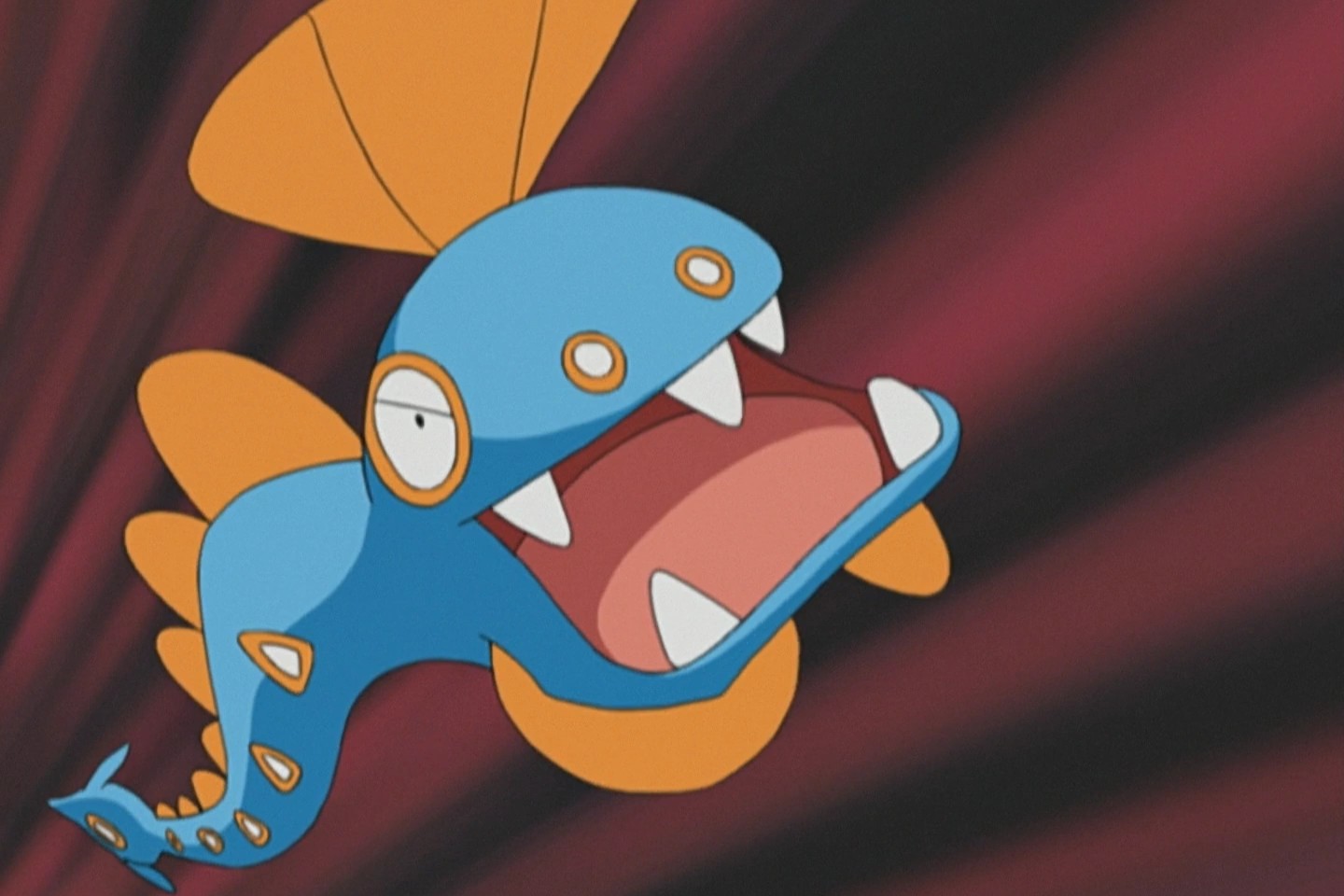
Huntail, a Water-type Pokémon, often swims under the radar compared to its more famous counterparts. But there's more to this deep-sea dweller than meets the eye. Ever wondered why Huntail has that eerie grin or what makes it such a formidable underwater predator? This article dives into 25 intriguing facts about Huntail, shedding light on its unique abilities, habitat, and evolution. Whether you're a seasoned Pokémon trainer or just curious about the mysteries of the ocean, these facts will give you a deeper appreciation for this often-overlooked creature. Get ready to plunge into the depths and uncover the secrets of Huntail!
Huntail's Origins
Huntail is a Water-type Pokémon introduced in Generation III. Known for its eel-like appearance, Huntail is a fascinating creature with many unique traits.
-
Huntail evolves from Clamperl: Using the Deep Sea Tooth item, Clamperl evolves into Huntail when traded.
-
Inspired by deep-sea creatures: Huntail's design is based on real-life deep-sea eels and fish, particularly those with bioluminescent features.
-
First appeared in Pokémon Ruby and Sapphire: Huntail made its debut in the third generation of Pokémon games.
Physical Characteristics
Huntail's appearance is both intimidating and intriguing, with several distinct features that set it apart.
-
Bioluminescent tail: Huntail's tail glows to attract prey in the dark depths of the ocean.
-
Sharp teeth: Its mouth is filled with sharp teeth, perfect for catching and consuming prey.
-
Blue and orange coloration: Huntail's body is primarily blue with orange accents, making it stand out in the Pokémon world.
Abilities and Moves
Huntail boasts a variety of abilities and moves that make it a formidable opponent in battles.
-
Swift Swim ability: This ability doubles Huntail's speed in rainy conditions, giving it an edge in battle.
-
Shell Smash move: Huntail can learn Shell Smash, a move that significantly boosts its offensive capabilities.
-
Aqua Tail: One of Huntail's signature moves, Aqua Tail, deals significant damage to opponents.
Habitat and Behavior
Understanding where Huntail lives and how it behaves provides insight into its role in the Pokémon world.
-
Deep-sea habitat: Huntail is typically found in the deep sea, far from the reach of most other Pokémon.
-
Solitary nature: Huntail is known to be a solitary Pokémon, rarely seen in groups.
-
Nocturnal hunter: Huntail is most active at night, using its bioluminescent tail to hunt in the dark.
Evolutionary Traits
Huntail's evolution and unique traits make it a subject of interest for many Pokémon trainers and researchers.
-
Deep Sea Tooth requirement: Clamperl needs to hold a Deep Sea Tooth to evolve into Huntail when traded.
-
Gender ratio: Huntail has an equal gender ratio, with a 50/50 chance of being male or female.
-
High Defense stat: Huntail boasts a high Defense stat, making it resilient against physical attacks.
Trivia and Fun Facts
Huntail has several interesting tidbits that add to its mystique and charm.
-
Name origin: Huntail's name is a combination of "hunt" and "tail," reflecting its predatory nature and distinctive tail.
-
Pokédex entries: Various Pokédex entries describe Huntail as a fearsome predator of the deep sea.
-
Anime appearances: Huntail has appeared in the Pokémon anime, showcasing its abilities and behavior.
-
Trading card game: Huntail has been featured in the Pokémon Trading Card Game, with several different cards over the years.
-
Shiny form: Huntail's shiny form features a green body instead of its usual blue, making it a prized catch for collectors.
Competitive Play
Huntail can be a valuable addition to a competitive Pokémon team, thanks to its unique abilities and moves.
-
Rain Dance synergy: Huntail works well on teams that utilize Rain Dance, boosting its speed and Water-type moves.
-
Physical attacker: With a high Attack stat, Huntail excels as a physical attacker in battles.
-
Baton Pass strategy: Huntail can use Baton Pass to transfer its stat boosts to other Pokémon on its team.
Miscellaneous Facts
A few more interesting details about Huntail that round out its profile.
-
Egg group: Huntail belongs to the Water 1 and Dragon egg groups, allowing it to breed with a variety of Pokémon.
-
Base experience yield: Huntail provides a base experience yield of 170, making it a decent source of experience points for trainers.
Huntail's Mystique Unveiled
Huntail, the deep-sea Pokémon, has a lot more going on than meets the eye. With its unique appearance, impressive abilities, and fascinating lore, it’s no wonder fans are intrigued. This Pokémon's bioluminescent tail and powerful jaws make it a formidable predator in the ocean depths. Its evolution from Clamperl using the Deep Sea Tooth adds another layer of mystery.
Understanding Huntail’s habitat and behavior gives trainers a better appreciation of its role in the Pokémon world. Whether you’re a seasoned trainer or a newcomer, knowing these facts can enhance your gameplay and strategy. Huntail isn’t just another water-type; it’s a creature of depth and intrigue.
Next time you encounter a Huntail, remember these facts and appreciate the complexity behind this fascinating Pokémon. Dive deep into its world and discover the hidden wonders it holds.
Was this page helpful?
Our commitment to delivering trustworthy and engaging content is at the heart of what we do. Each fact on our site is contributed by real users like you, bringing a wealth of diverse insights and information. To ensure the highest standards of accuracy and reliability, our dedicated editors meticulously review each submission. This process guarantees that the facts we share are not only fascinating but also credible. Trust in our commitment to quality and authenticity as you explore and learn with us.
